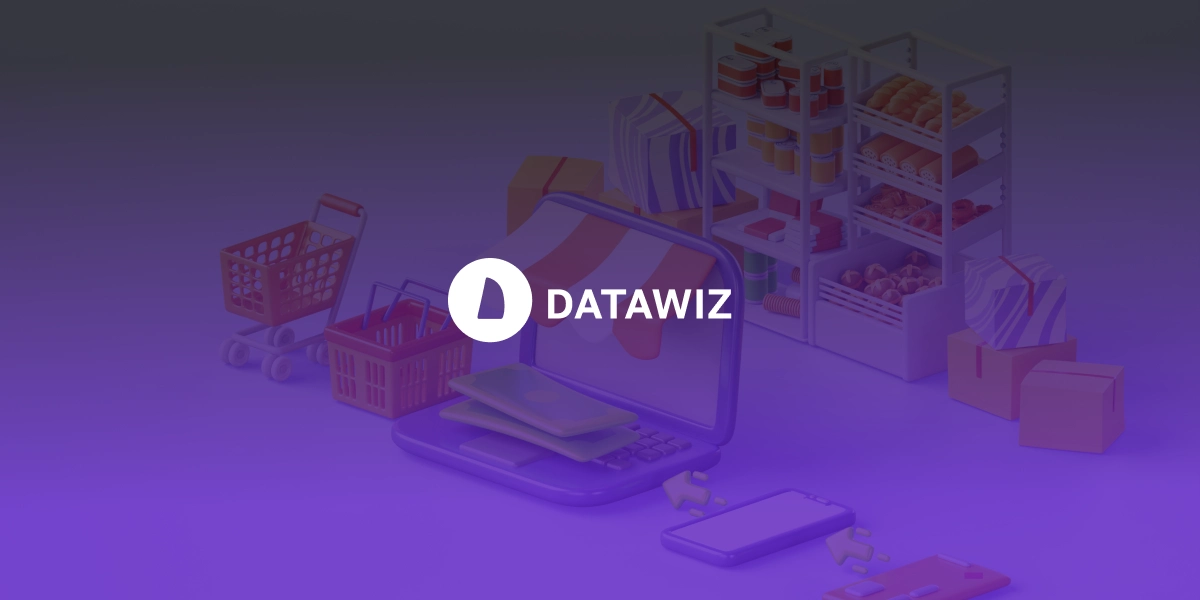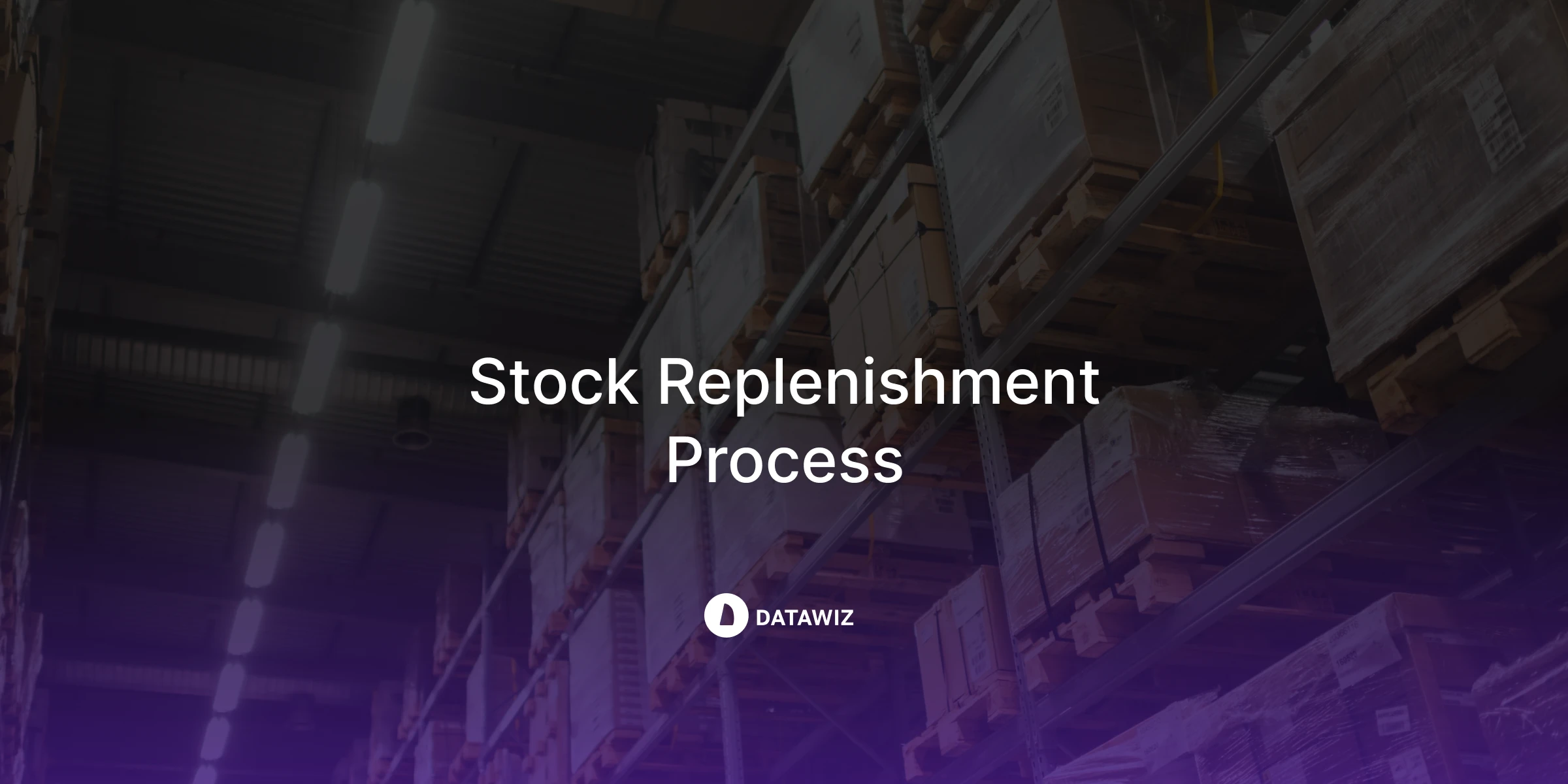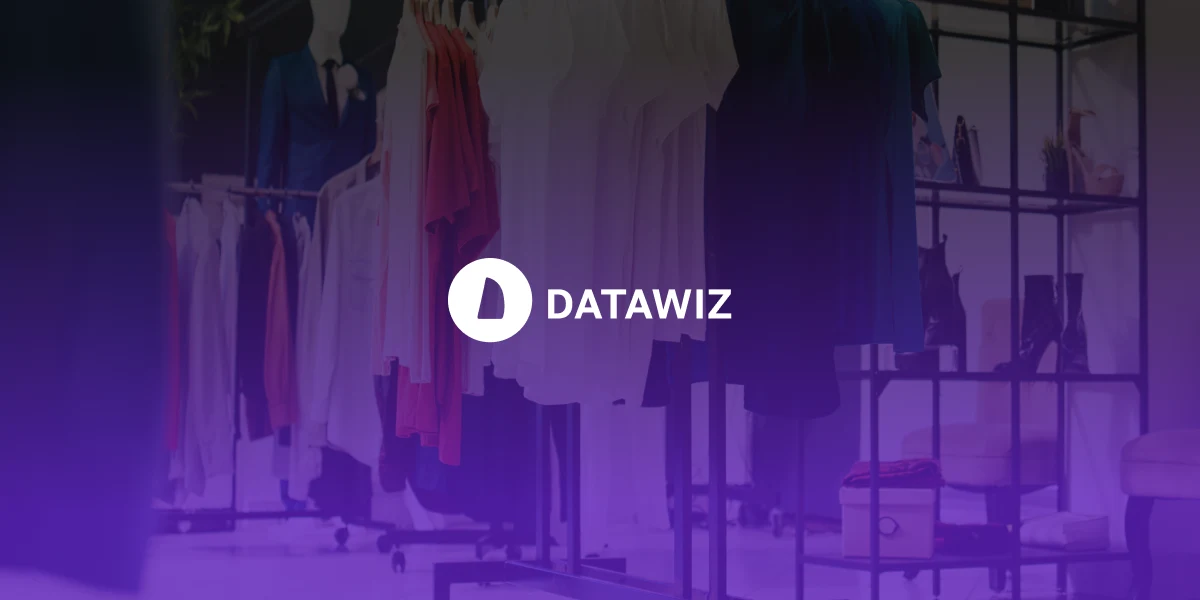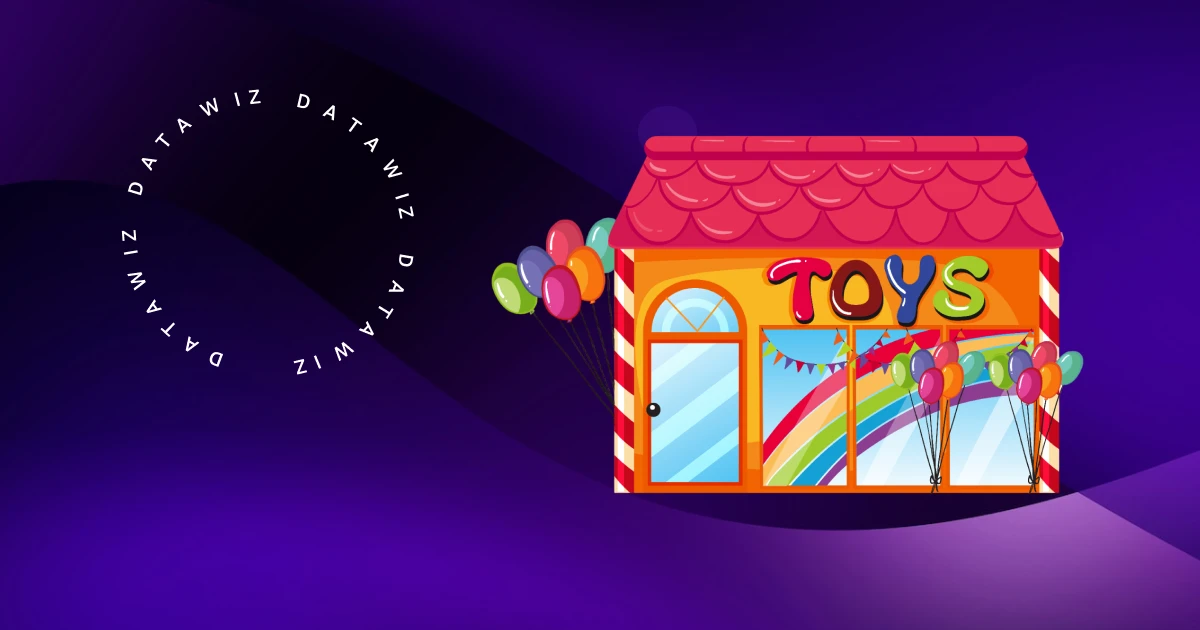In the age of omnichannel commerce, consumer expectations are soaring, and operational complexity is rising. To thrive, retailers need more than intuition or static spreadsheets. They need real-time insights, automation, and decision-making precision. This is where retail analytics software becomes not just a tool—but a strategic necessity.
Retailers that successfully implement data-driven decision-making outperform competitors across all levels—from pricing to product allocation, from store performance to inventory optimization.
What is Retail Analytics Software?
Retail analytics software refers to digital platforms that collect, analyze, visualize, and interpret massive volumes of retail data from various internal and external sources. These systems provide real-time insights into sales, inventory, customer behavior, supply chain performance, and more.
At its core, the software turns raw transactional and behavioral data into actionable intelligence—enabling strategic planning, operational optimization, and customer-centric personalization.
Key Functions of Retail Analytics Software:
- Demand forecasting and sales projections
- Inventory optimization and stockout prevention
- Price and promotion performance tracking
- Customer segmentation and loyalty insights
- Store performance benchmarking
- Supply chain visibility and control tower functions
Why Retail Analytics Software Matters
Gone are the days when success relied solely on instinct or legacy reports. With shrinking margins, shifting demand, and rising competition, retail businesses must operate with surgical precision. Analytics software provides the foundation for this new operational standard.
Benefits of Retail Analytics Software:
1. Data-Driven Decision Making
By synthesizing large datasets from POS systems, ERPs, customer loyalty programs, and supply chain platforms, analytics software helps you move from guesswork to insight-driven strategy.
2. Reduced Inventory Costs
With tools to forecast demand accurately, you can avoid costly overstocks and eliminate stockouts. This not only protects working capital but also improves customer satisfaction.
3. Optimized Pricing Strategies
Dynamic pricing and willingness-to-pay analysis enable margin-maximizing price points that align with customer expectations and competitor benchmarks.
4. Personalized Customer Engagement
Segment customers based on purchase history, frequency, and demographics. Deliver targeted promotions that resonate and increase basket size and purchase frequency.
5. Location-Based Performance
Use geospatial analytics to measure store performance by region, optimize space allocation, and tailor product mix to local demand.
Core Features to Look For in Retail Analytics Platforms
Real-Time Data Collection and Integration
Modern retail requires live data streams. Choose software that automatically integrates with all your data sources—from POS terminals and CRM systems to inventory and supplier databases—ensuring a consistent, centralized data environment.
Inventory Analytics and Automation
Monitor and manage stock levels across multiple stores, warehouses, and fulfillment partners. Identify imbalances, slow-movers, and high-performers to automate replenishment and improve turnover rates.
Predictive and Prescriptive Analytics
Go beyond describing the past. Choose a platform that uses AI to predict future outcomes and recommends optimal actions. For example, understanding that rain forecasts will drive up umbrella sales lets you prepare inventory and pricing strategies in advance.
KPI Tracking and Visual Dashboards
From sell-through rate, gross margin return on inventory investment (GMROII), to average order value (AOV), ensure your analytics software includes customizable metric dashboards and weekly summaries. It should offer drill-down views for specific categories, stores, or timeframes.
Geospatial Intelligence
Understand how store location influences product demand, foot traffic, and promotional effectiveness. Geospatial analytics empowers retailers to plan store openings, closures, or merchandising strategies by region.
Data Security and Compliance
Given the sensitivity of customer and business data, your platform should offer encryption, access controls, two-factor authentication, immutable audit logs, and GDPR/CCPA compliance as standard.
Types of Retail Analytics Your Software Should Support
Understanding the different levels of analytics helps in leveraging software features effectively:
Descriptive Analytics
Provides reports based on historical data, answering “what happened?” Examples: sales by category, month-over-month comparisons, and inventory snapshots.
Diagnostic Analytics
Explores “why something happened?” by analyzing internal KPIs and operational factors. Helpful in uncovering causes behind sales drops or promotional underperformance.
Predictive Analytics
Uses AI and machine learning to forecast outcomes. Retailers can use this to predict seasonal demand, returns, or stockout risks based on previous patterns.
Prescriptive Analytics
Combines prediction with AI-generated recommendations. It answers “what should we do next?” and is essential for campaign planning, pricing strategies, or markdown optimization.
How to Use Retail Analytics Software
Inventory Optimization
Track every SKU across multiple channels. Prevent understocking or overstocking and boost availability. Sophisticated systems allow centralized control with store-specific replenishment recommendations.
Merchandise Analytics
Discover which planograms and product arrangements drive sales. Track sales per foot, profit share ratios, and category performance to optimize assortments and placements.
Supply Chain Control Tower
Achieve real-time visibility across your distribution network. Identify bottlenecks, predict disruptions, and synchronize with suppliers for leaner operations and faster delivery.
Sales and Demand Forecasting
Leverage historical data, external signals (like weather or holidays), and machine learning models to predict demand and plan purchases accordingly.
BI Reporting and Data Visualization
Interactivedashboards, charts, and visual heatmaps help users at all levels—from cashiers to CFOs—understand performance trends at a glance and take timely action.
Best Practices for Maximizing Retail Analytics Software
Implementing powerful software is just the beginning. Here are strategies to get the most from it:
Visualize the Data.Make insights digestible using dashboards and graphs. Tools like heat maps,ABC analysischarts, and store comparison widgets enhance strategic clarity.
- Analyze Cross-Functional Data.Correlate data from sales, merchandising, inventory, marketing, and customer feedback to find deep operational insights.
- Set Clear KPIs.Track essential retail metrics regularly—availability, basket size, promo effectiveness—and align them with broader strategic goals.
Focus on Business Goals.Avoid data overload. Prioritize metrics that help you achieve key goals—like expanding into new markets, improving store conversion rates, or enhancing loyalty.
Why Choose Datawiz for Retail Analytics?
If you're looking for a cutting-edge retail analytics platform that checks all the boxes mentioned above, exploreDatawiz. Designed for retailers seeking to maximize profitability and operational excellence, Datawiz offers robust tools for demand forecasting, merchandising optimization and more—all within a user-friendly interface backed by real-time data processing and AI.
In today’s hyper-competitive retail environment, the difference between surviving and thriving comes down to how well you understand and act upon your data. Retail analytics software provides the clarity, speed, and strategic foresight needed to excel.
From dynamic pricing to inventory precision and personalized promotions, retail analytics is no longer optional—it's essential. By selecting a platform like Datawiz, you equip your team with the tools needed to make smarter decisions, faster—fueling long-term growth, profitability, and customer loyalty.
 Novedades
Novedades




 ¡No se necesita tarjeta bancaria!
¡No se necesita tarjeta bancaria!